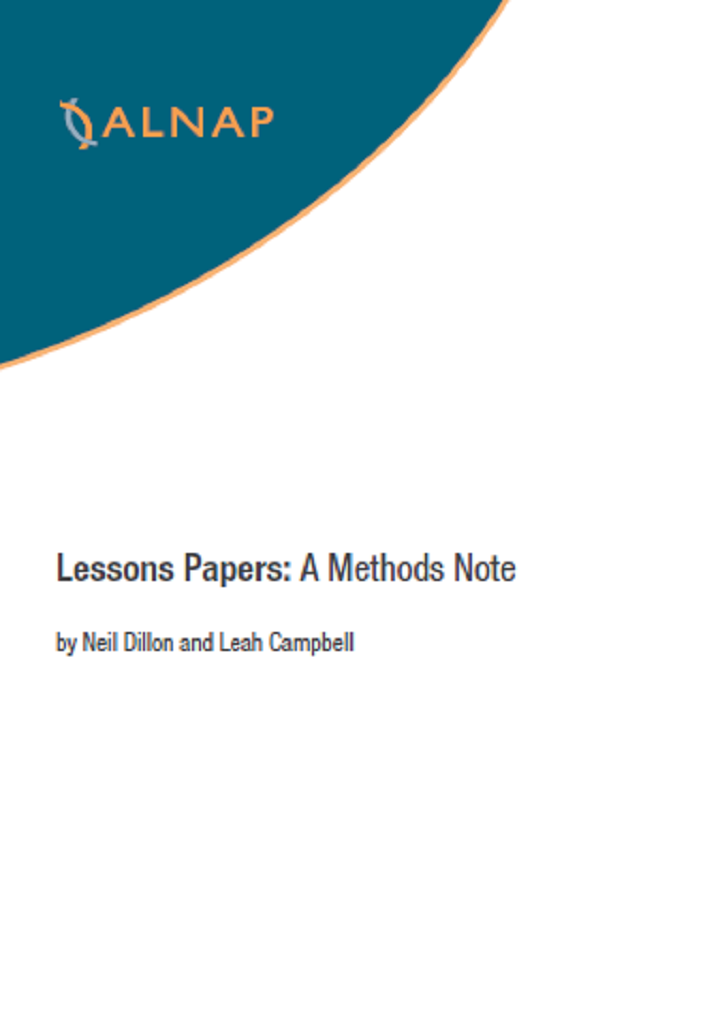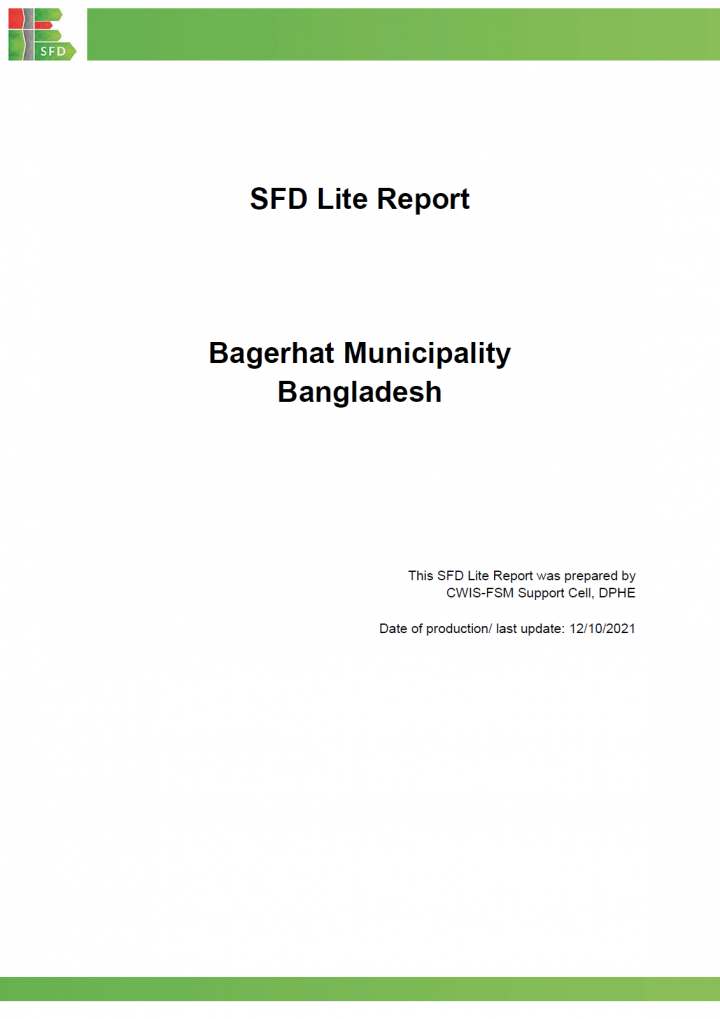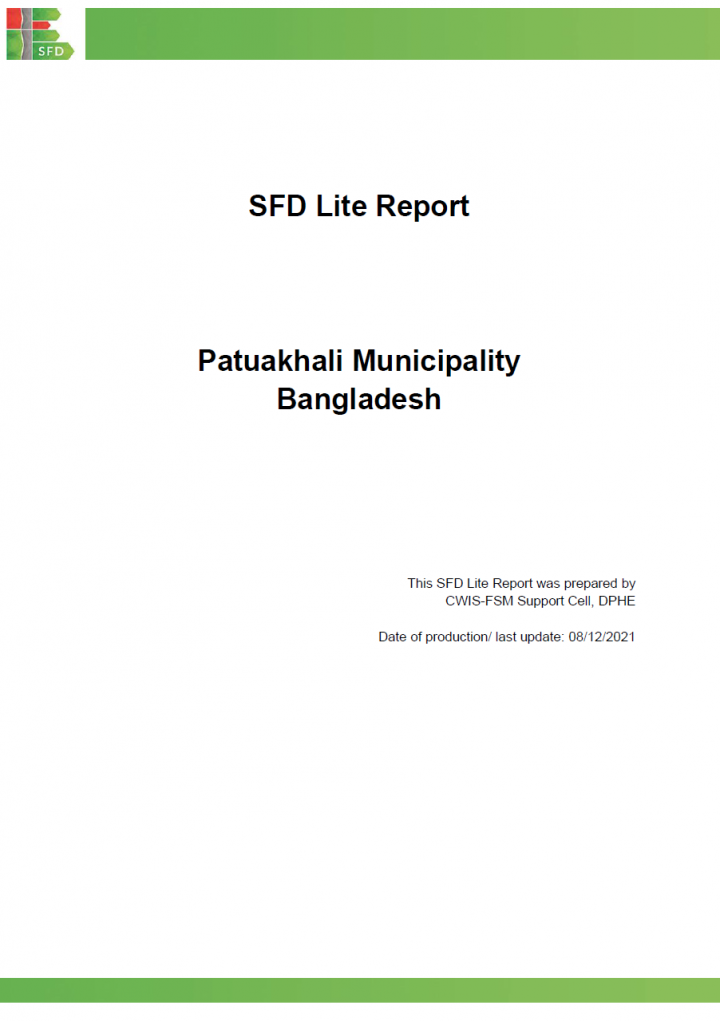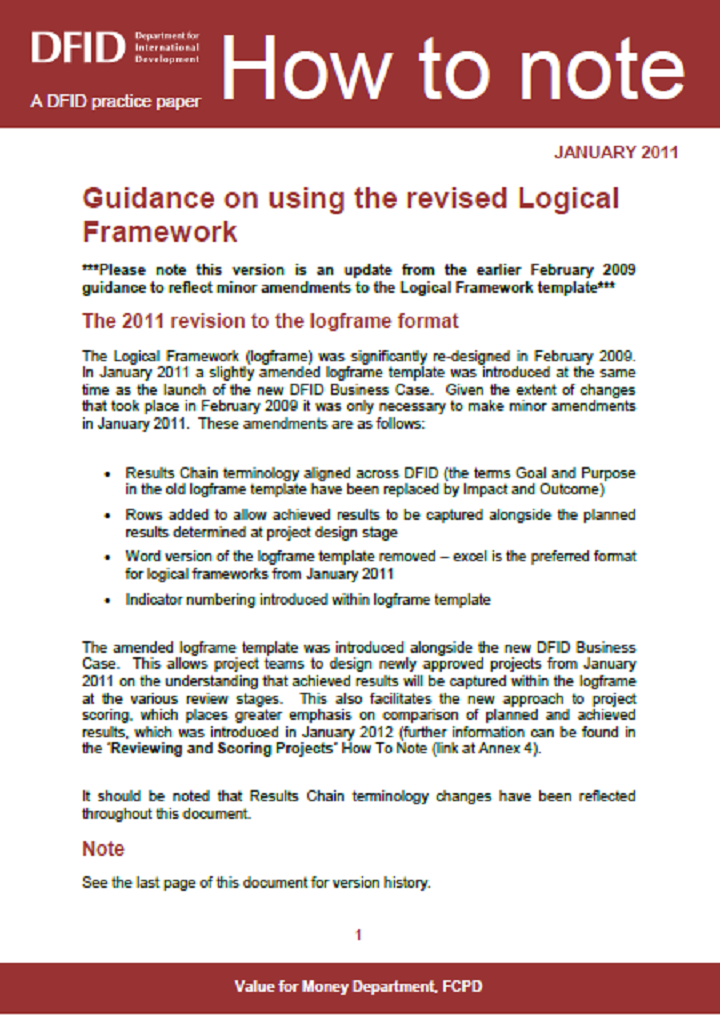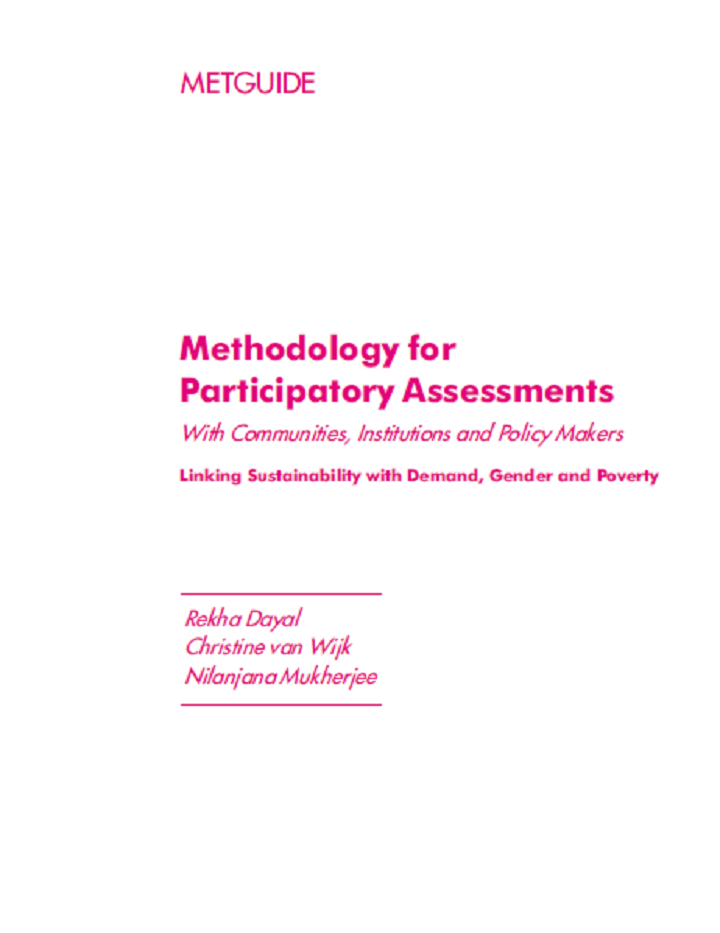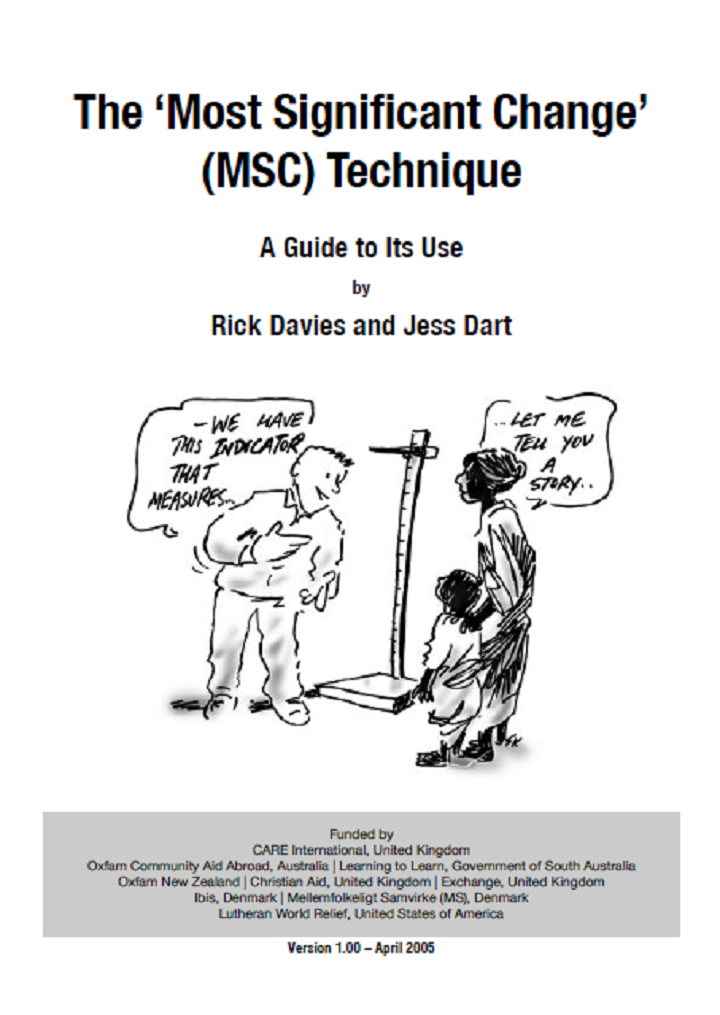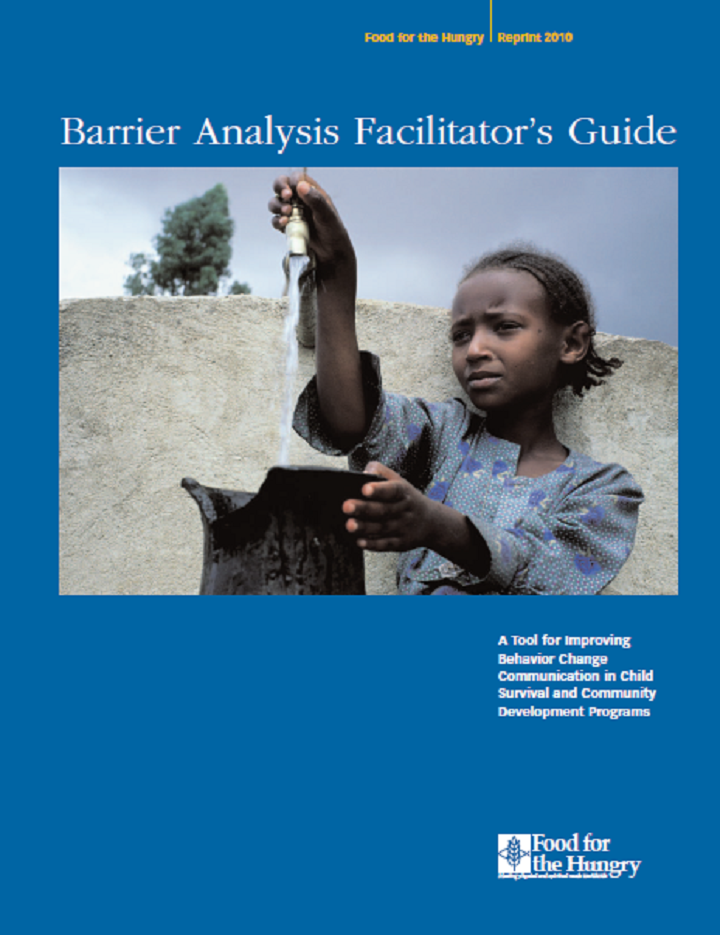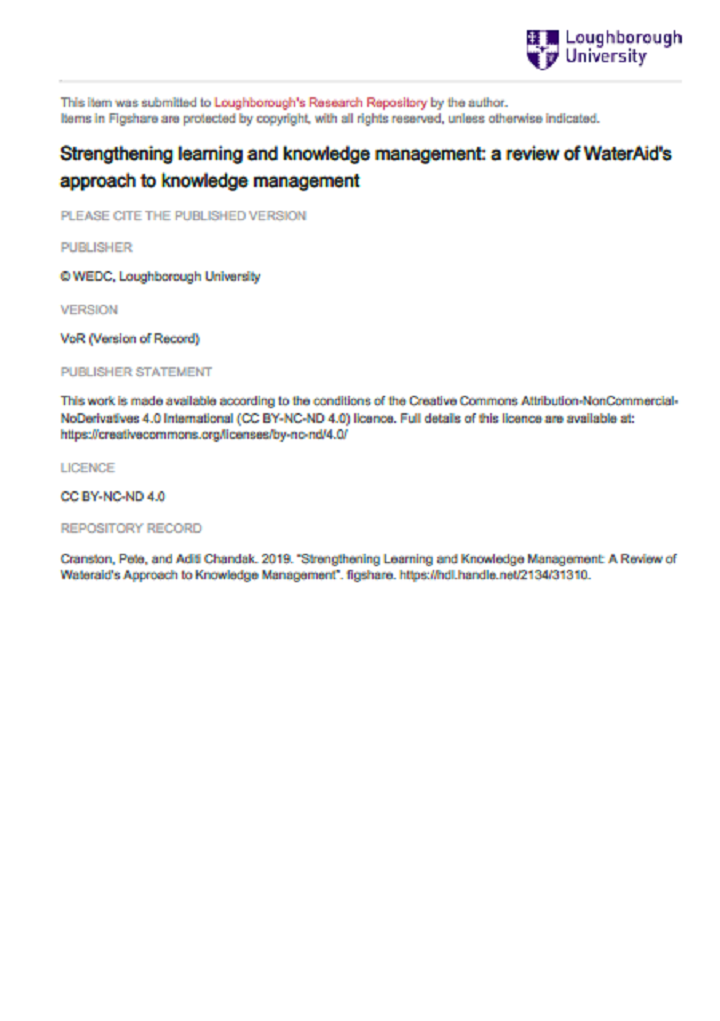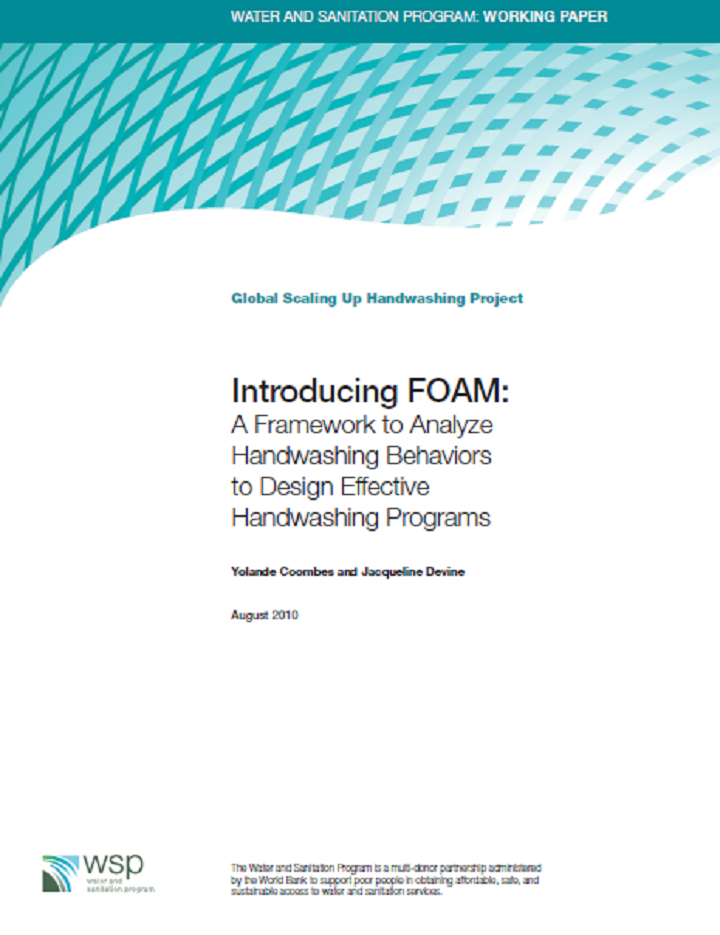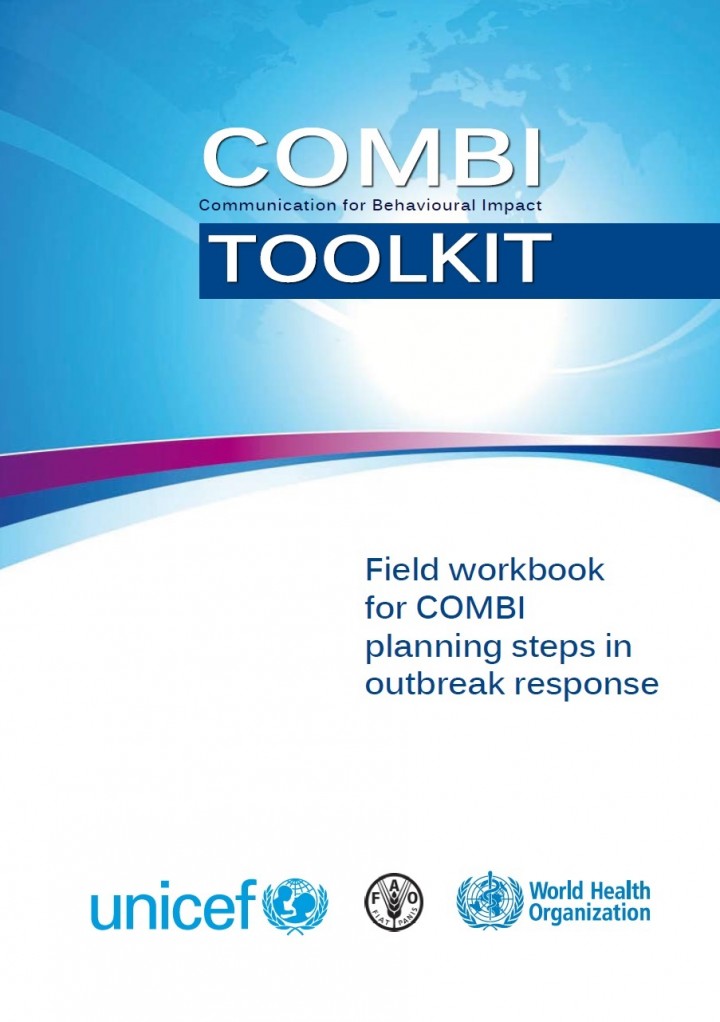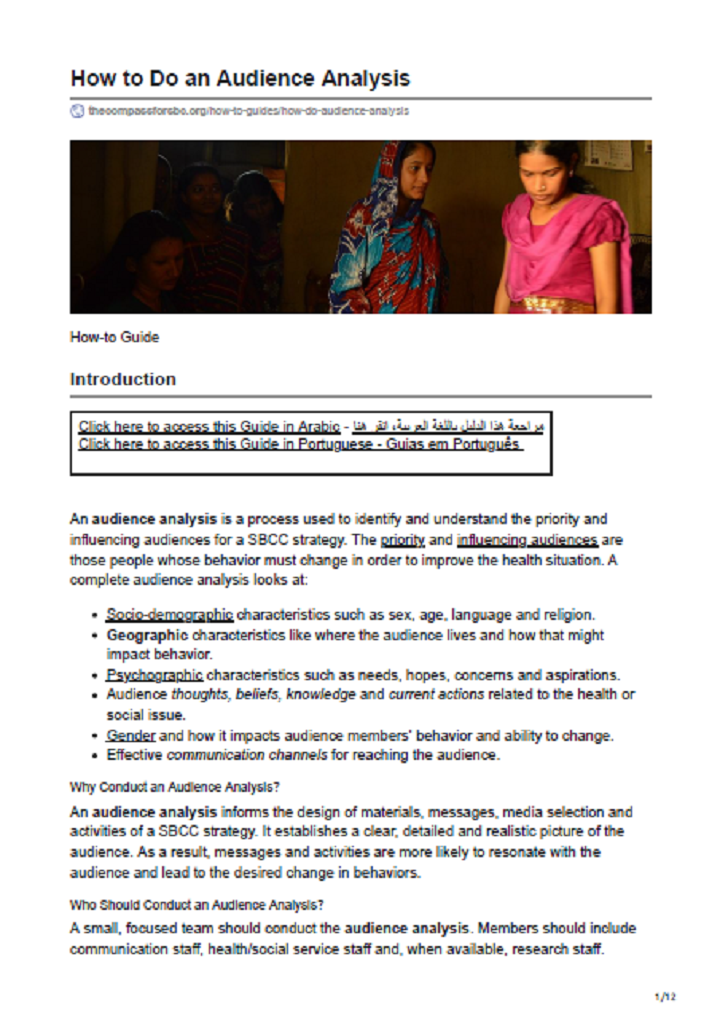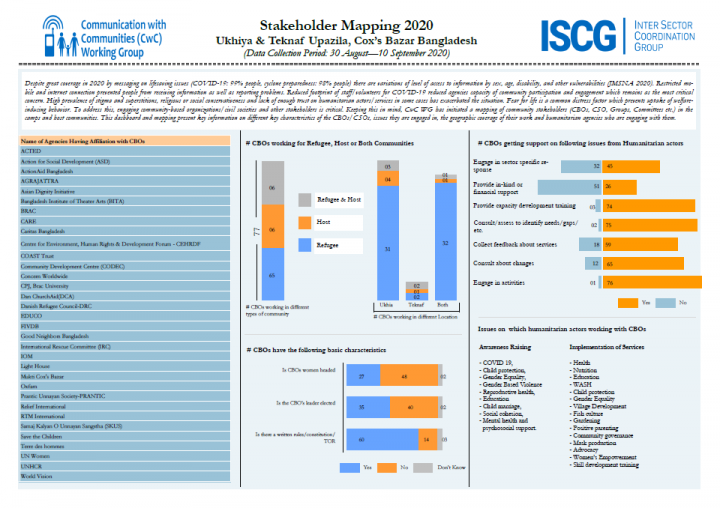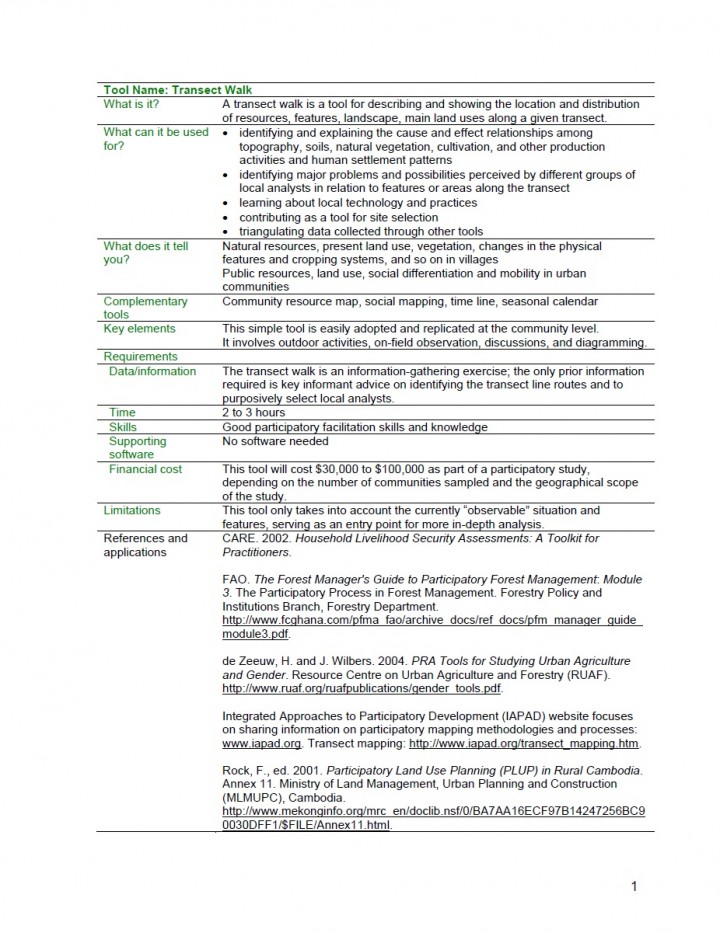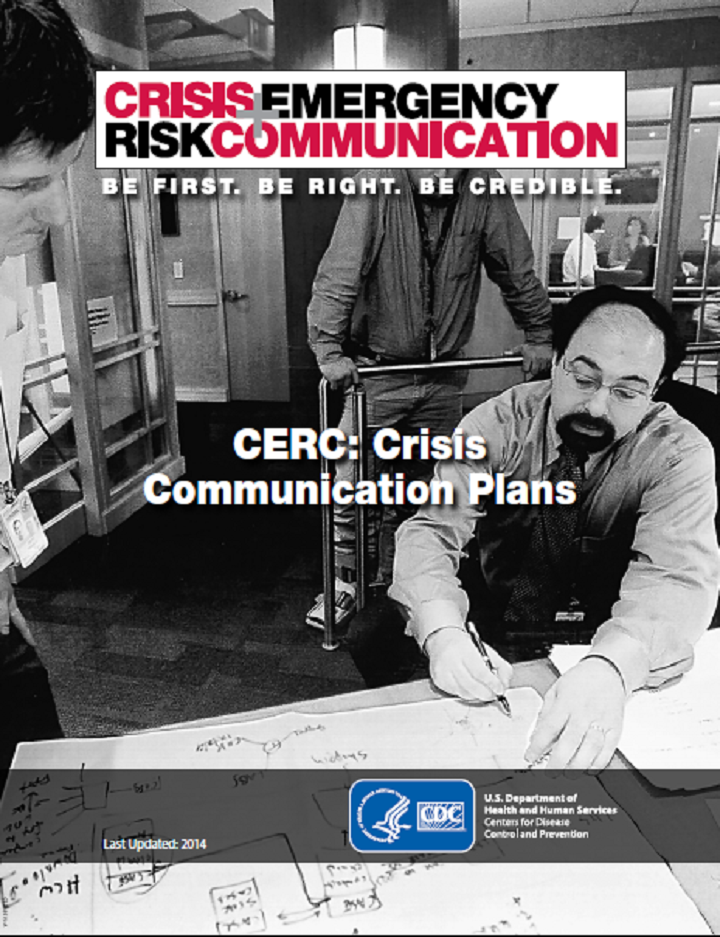Searching for information on Sanitation Workers?
The Sanitation Workers Knowledge + Learning Hub is the best source for all current news, trends, articles and updates on sanitation workers rights around the world.
Poor WASH conditions are thought to be one of the main causes of child stunting. The household environment in which children develop and grow is highly related to their nutritional status. Direct and indirect pathways exist between WASH and stunting, from diarrheal diseases and Environmental Enteric Dysfunction (EED), to socio-economic conditions and time constraints to child care practices. The …
This Methods Note proposes a revised methodology for future ALNAP Lessons Papers. It seeks to improve the rigour of the research methods used to generate them, while maintaining the broad research questions and inclusive approach to grey literature review.
This Methods Note is aimed primarily at the ALNAP Secretariat and authors of future Lessons Papers. It should be used to guide the definition …
Bagerhat is one of the coastal towns of southern Bangladesh, which is 264 km away from the capital city Dhaka. It is beside the river Bhairab and well connected with road, water, and railways. It was declared as a municipality in 1958. It consists of 9 wards and 31 mahallas. Bagerhat is one of the 53 district-level Municipality in the country.
According to the population census in 2011 by the …
Patuakhali is a coastal town and district headquarter of Patuakhali district, is located on the southern bank of Laukathi river in the division of Barisal in Bangladesh. It is 280 km away from Dhaka city and well connected through road and water. It is the administrative headquarter of Patuakhali district and one of the oldest towns and municipalities in the country. Patuakhali municipality was …
Natore municipality under Natore district is one of the influential urban areas in northern Bangladesh and connecting hub of central and southwest parts of the country. The city is 207 km away from the capital Dhaka city. Natore is considered as the gateway for connecting divisional headquarters Rajshahi to Capital City Dhaka as well as Rangpur Division and Khulna Division. and well connected …
This publication is aimed at organisations, community groups, students and academics who wish to use MSC to help monitor and evaluate their social change programs and projects, or to learn more about how it can be used. The technique is applicable in many different sectors, including agriculture, education and health, and especially in development programs. It is also applicable to many different …
The Evaluation of Humanitarian Action Guide supports evaluation specialists and non-specialists in every stage of an evaluation, from initial decision to final dissemination.
A pilot version of this Guide was first released in June 2013, following a three-year drafting process led by ALNAP, co-authors John Cosgrave and Margie Buchanan-Smith, and supported by an inter-agency advisory …
The FOAM (Focus on Opportunity, Ability, and Motivation) is a framework designed to help in the development, monitoring, and evaluation of handwashing behavior change programs. FOAM was developed for use in resource-poor settings, but it can also be adapted for other socioeconomic environments. This working paper is intended for use by program managers implementing handwashing behavior change …
Unsafe water consumption is the environmental risk factor in sub-Saharan Africa contributing most to premature death. In urban slums and dispersed rural communities, where access to safe water is especially limited, water kiosks are a relevant safe water source. However, irregular use challenges their operational viability and may cause discontinuation. The present study investigated collective …
This section provides some information that may be useful in designing advocacy programmes at national level. It also introduces some of the basics of sanitation and hygiene promotion and lays out the authors’ biases in terms of new approaches to making programmes more effective. Non-specialists are particularly encouraged to read this section. The section sets out to explain why sanitation and …
PURPOSE AND BACKGROUND
WHO recognizes that effective, integrated and coordinated communication is integral to carrying out WHO’s goal to build a better, healthier future for people all over the world. The purpose of this Framework is to describe a strategic approach for effectively communicating WHO information, advice and guidance across a broad range of health issues: from chronic health …
This field workbook supports the implementation of the interagency (FAO, UNICEF, WHO) “Communication for Behavioural Impact (COMBI): A toolkit for behavioural and social communication in outbreak response”. It is a handheld guide and notebook for applying the WHO COMBI methodology in 7-steps, during an outbreak. It is primarily intended for risk communication, developmental communication and …
An audience analysis is a process used to identify and understand the priority and influencing audiences for a SBCC strategy. The priority and influencing audiences are those people whose behavior must change in order to improve the health situation. A complete audience analysis looks at:
Socio-demographic characteristics such as sex, age, language and religion.
Geographic characteristics like …
Despite great coverage in 2020 by messaging on lifesaving issues (COVID-19: 99% people, cyclone preparedness: 98% people) there are variations of level of access to information by sex, age, disability, and other vulnerabilities (JMSNA 2020). Restricted mobile and internet connection prevented people from receiving information as well as reporting problems. Reduced footprint of staff/volunteers …
Sanitation Matters!
The theme/slogan puts at centre-stage the various links and communicates a sense of urgency and immediacy. The theme is also “open-ended” and lends itself to creative visual and textual interpretation for expressing a multiplicity of individual/collective human emotions and contexts. The theme can also be interpreted relatively easily into different contexts, cultures and …
Recently, Global Health practitioners, scholars, and donors have expressed increased interest in “changing social norms” as a strategy to promote health and well-being in low and mid-income countries (LMIC). Despite this burgeoning interest, the ability of practitioners to use social norm theory to inform health interventions varies widely.
Here, we identify eight pitfalls that practitioners …
This guide provides practical guidance for governments regarding how to effectively communicate with communities during the recovery phase following an emergency. It explains how to identify communication needs and presents best fit communication methods and strategies to deploy to support disaster recovery frameworks (DRF) and recovery strategies. For the purposes of this guide, recovery …


